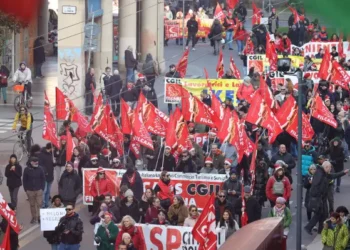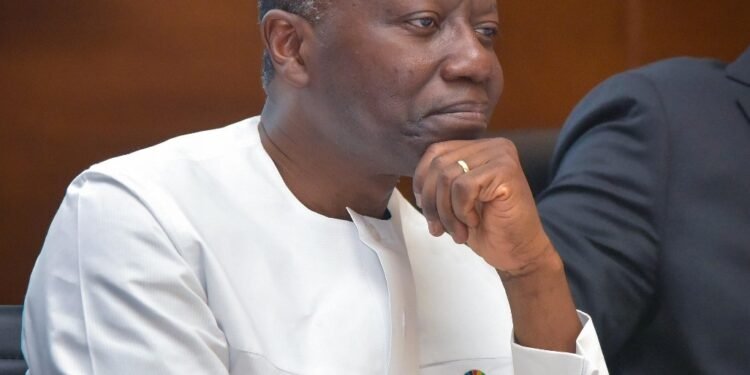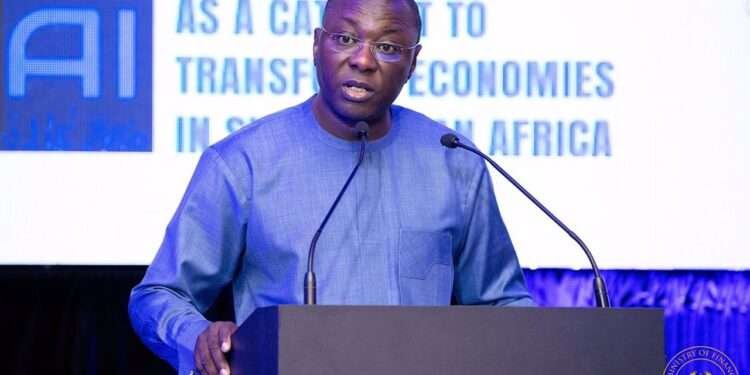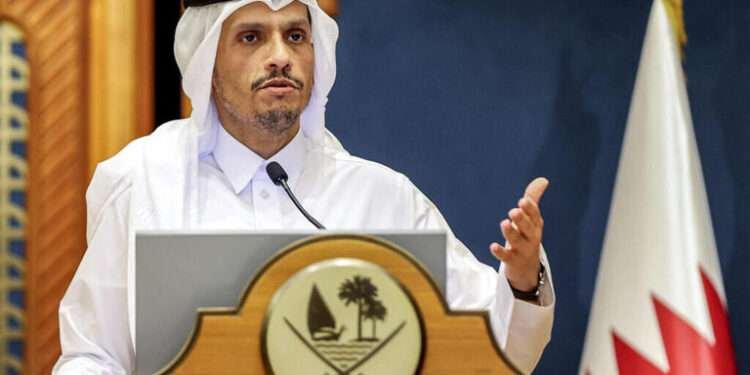The European Commission has unveiled its new European Defence Industry Strategy.
Along with the new strategy, the Commission proposed a European Defence Industry Programme.
The Industry Programme is meant to “bridge from short-term emergency measures, adopted in 2023 and ending in 2025, to a more structural and longer-term approach to achieve defence industrial readiness.”
The programme will mobilise €1.5 billion of the EU budget for 2025-2027.
The Commission stated that the new strategy is aimed at “supporting a more efficient expression of the Member States’ collective defence demand” as well as “securing the availability of all defence products.”
Goals also include “mainstreaming a defence readiness culture across policies, notably by calling for a review of the European Investment Bank’s lending policy this year” as well as “developing closer ties with Ukraine through its participation in Union initiatives in support of defence industry and stimulating cooperation between the EU and Ukrainian defence industries.”
The Commission’s plan also sets new indicators to measure progress.
These include procuring “at least 40% of defence equipment in a collaborative manner by 2030” and making “steady progress towards procuring at least 50% of their defence procurement budget within the EU by 2030 and 60% by 2035.”
Speaking to reporters, Margrethe Vestager, the Commission’s Executive Vice President, stressed that the move is designed to “respond to the changes of Europe’s security paradigm.”
Vestager acknowledged at the press conference that “1.5 billion is not a lot of money when it comes to the defence industry – but it can still work as an incentive, as a bonus, as what makes member states come together.”
“The real funding for a stronger defence comes from member states. And that funding will increase over the years to come.
“So what we can do here is to enable that funding to be spent in a better way, that we get more value for money, and that more relatively speaking is being spent in Europe as well.”
Margrethe Vestager
“With war on our borders, if not now, then when?” she added.
Josep Borrell, the EU’s foreign policy Chief, stated during the presentation of the Commission’s new strategy that “peace is no more a given.”
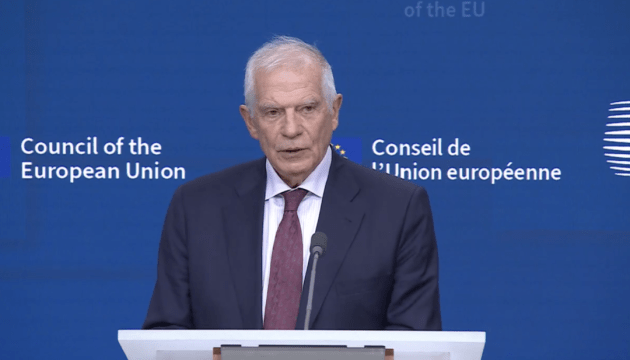
He asserted that Russia’s war of aggression has brought a “great sense of urgency to step up our industrial defence capacities.”
Thierry Breton, the EU’s internal market commissioner, has emphasised that boosting Europe’s defence industrial base is of “existential” importance and that the issue of financing will have to be discussed.
The European Investment Bank should change the way it works, he argued, to underpin the investments for production and development in the defence sector.
Aspiration Mixed With Concrete Measures
Guntram Wolff, senior fellow at Bruegel, a Brussels-based think tank opined that the new European Defence Industrial Strategy is “As usual it is a mix of aspiration and some concrete measures.”
“For a start, it is great that the EU Commission is putting forward a strategy. Europe gets way too little effective defence for how much it spends. European defence industry is fragmented and economies of scale are low,” he said.
Wolff also noted that “a lot of defence equipment is bought abroad – with relatively little domestic production left.”
“In the short term, Europe will need to continue to procure and buy globally as the domestic capacities to produce are still too limited to satisfy the needs of Ukraine. But domestic production is increasing – and needs to increase further.”
Guntram Wolff
In addition, he said that the proposed European Defence Industry Programme “looks like a disappointing instrument to shore up domestic production in the short term.”
The planned €1.5 billion for 2025-27, he said, “is very small compared to defence spending and unlikely to have a big impact.”







